What Employee Benefits should you get?
Employee benefits play a significant role in attracting and retaining top talent while contributing to overall job satisfaction and well-being.
What are Employee benefits?
Employee benefits are non-salary compensation provided by employers to employees as part of their overall compensation package. These benefits are designed to enhance the overall well-being, job satisfaction, and work-life balance of employees.
Types of Employee Benefits
The specific benefits offered can vary between companies, industries, and regions, but here are some common and desirable employee benefits you might consider:
1.Health Insurance:
Comprehensive health coverage for employees and, in some cases, their dependents is a fundamental benefit. This includes medical, dental, and vision insurance.
2. Retirement Plans:
Employer-sponsored retirement plans, such as 401(k) or pension plans, help employees save for their future. Some employers also offer matching contributions.
3. Paid Time Off (PTO):
Paid vacation, holidays, and sick leave contribute to work-life balance and employee well-being.
4. Flexible Work Arrangements:
Options like remote work, flexible hours, or compressed workweeks can enhance work-life balance and cater to diverse employee needs.
5. Professional Development Opportunities:
Support for ongoing learning and skill development, including training programs, workshops, or tuition reimbursement.
6. Life and Disability Insurance:
Coverage that provides financial protection in the event of death or disability ensures employees and their families are safeguarded.
7. Wellness Programs:
Initiatives promoting physical and mental well-being, such as gym memberships, mental health resources, or wellness workshops.
8. Stock Options or Equity:
Equity-based incentives, such as stock options or grants, align employees with the company’s success and growth.
9. Childcare Assistance:
Benefits like on-site childcare facilities, subsidies, or flexible spending accounts for childcare expenses can be valuable for working parents.
10. Commuter Benefits:
Assistance with commuting costs, such as public transportation subsidies, parking allowances, or bike-to-work programs.
11. Employee Assistance Programs (EAP):
Confidential counseling services and resources to help employees cope with personal or work-related challenges.
12. Paid Parental Leave:
Time off with pay for new parents, allowing for bonding with a new child or supporting family needs during critical life moments.
13. Recognition and Rewards Programs:
Acknowledgment of achievements through bonuses, awards, or employee recognition programs fosters a positive work environment.
14. Legal Assistance:
Legal services or counseling assistance to support employees with personal legal matters.
15. Casual Dress Code or Dress-down Fridays:
A relaxed dress code can contribute to a more comfortable and enjoyable work environment.
16. Employee Discounts:
Discounts on company products or services, or partnerships with external vendors, can be an attractive perk.
17. Social Activities and Team Building:
Organized social events, team-building activities, and company outings contribute to a positive workplace culture.
18. Remote Work Stipends:
Financial support for remote work-related expenses, such as home office equipment or internet costs.
19. Sabbaticals:
Extended leaves of absence for personal or professional development, allowing employees to recharge and pursue personal goals.
20. Continuous Feedback and Performance Reviews:
Regular feedback and performance evaluations provide employees with a clear understanding of their progress and areas for improvement.
Conducting surveys or seeking input from employees can help tailor benefits to better meet their expectations and enhance overall job satisfaction.



